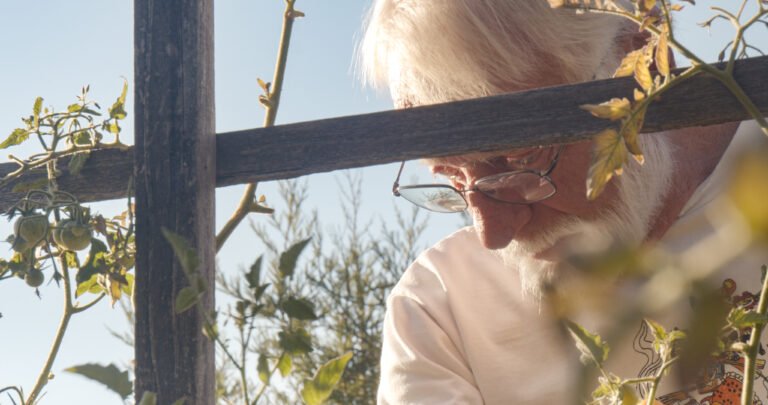We arrived in Gig Harbor on Thursday afternoon. After nearly fourteen hours on the road with Carson and Sam, what little was left of the ooze I had become spilled out of the car into a puddle on the sidewalk. I had driven the whole way–by choice. By the end, that choice felt questionable.
Though it lacks the glamour of Cannes, Gig Harbor Film Festival is the biggest little fest in the West. As we pulled into town we were greeted by a banner above the road announcing the festival and searchlights in front of the Galaxy IMAX dancing beams of light across the sky.
And in the filmmaker’s lounge, there were mimosas morning and night. In Gig Harbor they let the booze flow. It ain’t Cannes but it sure is fun.
This wasn’t our first time in the sleepy Pacific Northwest town. Sam and I had visited last fall on a whim, just as we wrapped up shooting South of David—a documentary that took us from Portland to Santa Cruz over a month-long stretch. At the time, I had mixed feelings about attending, having been accepted for my short thesis film High Sierras. I was skeptical, exhausted, and maybe a bit nervous. But as always, Sam ignored my feelings.
The night before the festival, Sam and I booked a hotel room and went to bed early. The following day we would drive twelve hours to reach Gig Harbor in time for the first event that evening. And we would spend the next 72 hours on a networking, film-watching, mimosa-drinking firestorm. It would be incredible.
To say our trip to Gig Harbor was “worth it” would be a severe understatement. That first visit introduced me to what a film festival could—and maybe should—be. Every filmmaker we met swore by Gig Harbor, calling it the best place to get your start. I do have one concern though. Gig Harbor’s generosity, care, and reverence for filmmakers have set a high bar. Gig Harbor has spoiled me.

This year, Sam, Carson, and I hit the ground running, cramming every waking moment with film screenings and networking events. There were some incredible films, especially in our shorts block. The programmers, to my horror, sandwiched On Goat Farming between some of the most beautiful, artistic works we saw all weekend. It was both intimidating and an honor to share a lineup with films like Brianna Murphy’s I Think I’d Like to Stay—a beautiful tribute to the impossibility of coming home.
One of the highlights of the feature blocks was catching the debut feature from our fellow Gig Harbor ‘23 alum Ian Ebright, who brought his gripping drama The Way We Speak. Having met Ian while he was still neck-deep in post-production on this mysterious project, it was a thrill to see his hard work finally light up the big screen. His feature debut is an incredible piece of cinematic storytelling—definitely one to watch. Now streaming on VOD. (Sorry, not sorry for the shameless plug. Gotta support the homies.)
A few other standout features included And Through the Portal We Go, which floored me with its sharp character comedy, Ugly Sweater, a surreal and stellar coming-of-age drama, and Finding Groovopolis, a personal documentary in the same vein as our upcoming feature South of David. The lineup at this year’s Gig Harbor was an absolute treat, a real testament to the programmers’ care and passion. I can’t wait to submit again next year with our new projects.
Not only did we get to see some incredible films, but we also met nearly all the filmmakers, spending late nights around firepits, sipping wine, and talking about the future—a lot of wine.
The Gig Harbor Festival does one thing particularly well: it inspires. It lights a fire in me to create. After a weekend spent meeting filmmakers and talking shop, it’s nearly impossible not to catch the bug. More than anything, I’m grateful for the boost of energy, for knowing that On Goat Farming resonates with strangers—that our story means something. When someone stops a Q&A just to say thank you for your film, it feels good.
And we are going to keep moving forward. On to Homesteading, on to the commune, and, eventually, on to secession from California to form the 51st state in the Union.
Note: The opinions expressed by the writer do not reflect those held by the writer.
– Nathan





